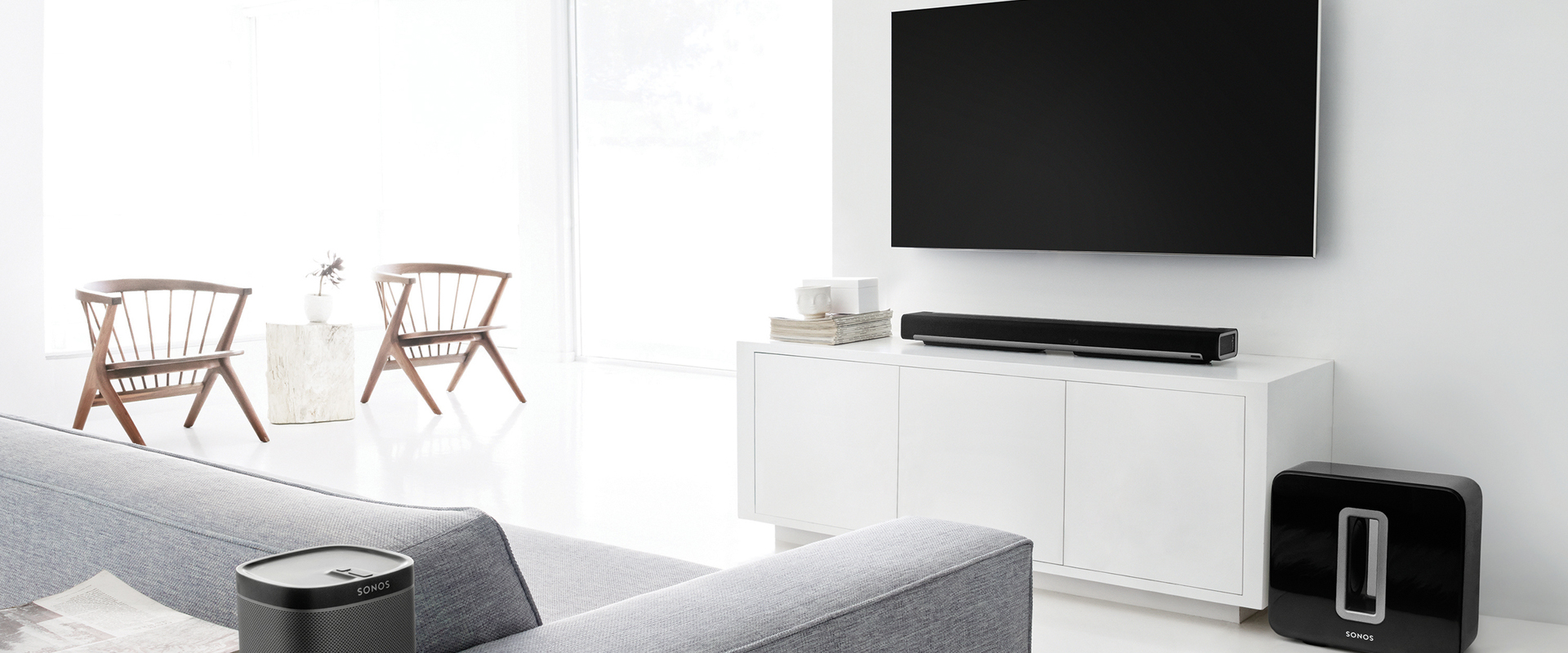Ideal Tactics for Positioning Surveillance CCTV to Enhance Monitoring Effectiveness
Ideal Tactics for Positioning Surveillance CCTV to Enhance Monitoring Effectiveness
Blog Article

Placing security cameras effectively remains essential for improving surveillance in different environments, including residences, commercial properties, as well as community spaces. The main goal of surveillance cameras remains to deter crime while also provide proof in instances of incidents. To attain this, it is important to consider various factors, including surveillance camera location, range of vision, and the particular areas that need monitoring. By comprehending these elements, people as well as organizations can create a comprehensive monitoring strategy that optimizes the effectiveness of their surveillance systems.
One of the initial steps in placing surveillance cameras is to identify critical areas that require surveillance. Vulnerable zones, including entrances, exit points, parking areas, as well as areas with high-value assets, must be prioritized. It is crucial to consider areas not visible, which are locations that may not be visible from specific angles. By charting out these critical areas, surveillance personnel can guarantee that every nook is observed, minimizing the chances of criminal actions going unnoticed. Additionally, installing cameras at key points can help form a comprehensive view of the premises, allowing for improved overall surveillance monitoring.
The field of a surveillance camera is another important element to take into account. Different kinds Find Out More of cameras provide different fields of vision, which can affect how many area is captured in the footage. For example, wide-angle systems can monitor larger spaces, rendering them ideal for open locations, while pan-tilt-zoom systems can be modified to concentrate on specific features. When placing cameras, it is important to select the right kind based on the area being monitored. This guarantees that the system can capture sharp footage and provide valuable data in the event of an occurrence.
Elevation and tilt of mounting also have a significant role in the effectiveness of security cameras. Surveillance systems must be installed at a level that is out of reach of potential tampering but also enables for unobstructed visibility of faces and additional recognizable details. A common recommendation is mount systems at least eight to ten feet off the floor. Additionally, the tilt at which the camera is positioned can affect its capability to capture important details. Surveillance systems must be tilted to minimize glare and avoid obstructions, guaranteeing that they can capture clear footage at any moments.
Finally, regular maintenance and improvements to the surveillance camera are crucial for sustained effectiveness. This entails inspecting system functionality, cleaning optics, as well as making sure that software is current. Frequent assessments of the surveillance plan can assist detect any additional blind spots or areas that might need additional coverage. By remaining vigilant and making necessary changes, people and organizations can improve their monitoring efficacy and guarantee that their security systems remain to fulfill their intended function.